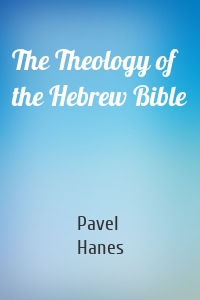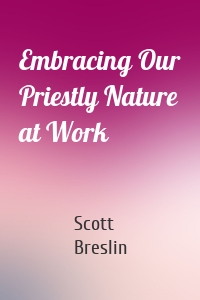Религия: прочее
8108 кн.
Ten Questions God Asked
From the moment sin entered the world, God has been bringing humankind back to Himself. He has spoken like thunder and whispered like the wind; He has stirred the waters and calmed them; He has shaken the mountains and given visions and dreams. God has used these and may other avenues to teach and guide those willing to listen and see.<br><br>In His dealings with those He loves, it is evident that God is never more personal, more direct, more piercing than when He asks a question....
| Автор | Michele Armstrong |
Hope Beyond Pandemic
Our lives have been disrupted by a pandemic, but at some point we will find a new normal. What will we do then? Better, what should we do then? Bruce Epperly has been writing while living through this time as a pastor, teacher, author, and grandparent. He provided some lessons for a hopeful, fulfilling life during the pandemic in his book Faith in a Time of Pandemic . In this book, he goes beyond that time to look at what these experiences should challenge us to do. How can we live better in...
| Автор | Bruce G. Epperly |
The Rule of St. Benedict
Modestly described by its author as «a little rule for beginners,» this masterpiece of spiritual wisdom dates from the sixth century. It was originally intended as a manual for aspiring monks, a diverse group composed of serfs, scholars, shepherds, and sons of the nobility. St. Benedict's little book eventually developed into the preeminent monastic legislative code, a distinction it maintains to this day.In addition to its importance in the organization and spread of Western monasticism,...
| Автор | St. Benedict |
Abandonment to Divine Providence
God hides behind the simplest of daily activities; finding Him is a matter of total surrender to His will. That's the message of this eighteenth-century inspirational classic by a French Jesuit writer. The Reverend Jean-Pierre de Caussade (1675–1751) encouraged others to «live in the moment,» accepting everyday obstacles with humility and love.Caussade's counsel, which promises comfort and holiness to every soul with good will, has guided generations of seekers to spiritual...
| Автор | Jean-Pierre De Caussade |
The Theology of the Hebrew Bible
The philosophical worldview of authors inevitably shapes the work they create. Never is this more true than in the field of biblical theology where unexposed assumptions impact the way scholars read, analyze, and expound the biblical text. This excellent introduction sets out to make the implicit explicit, exploring the impact of philosophical thought on Old Testament theology’s most influential thinkers. Providing an overview of the discipline’s development, Professor Hanes traces the...
| Автор | Pavel Hanes |
Fat Chance
Most atheists don’t know that there’s never been an atheist president, that no members of Congress are atheists, and that in seven states it’s illegal for atheists to run for office. Atheists are convinced that atheism is intellectual when it’s the exact opposite. There is nothing more foolish than believing the scientific impossibility that nothing created everything. Ray addresses this fact, at the same time showing that there is credible scientific...
| Автор | Ray Comfort |
Dark Heart, The
Is there a past too awful for even God to forgive? The Dinah Harris mystery series continues.... Angus Whitehall’s past never really died....it just stubbornly waited for vengeance. A killer has settled into his small rural community, and no one suspects that the local pastor knows much more than he can say. Crippled by the devastating choices of his youth, Angus watches as those he led astray are methodically punished by someone from their violent, racist past. Unable to forgive...
| Автор | Julie Cave |
Geology By Design
Presents and authoritative and biblical geological time-line for high school students and adults. Includes substantial illustrations, a glossary, and an extensive reference section. Clearly explains how data from volcanic deposits, seismic activity in Earth history, and even the presence of ripple marks in rock layers support the Bible as history. From the acclaimed Creation Research Society, this technical study of rock strata, and the fossils found therein, gives a solidly scientific rationale...
| Автор | Carl Froede Jr. |
Flood By Design
There are features on the earth's surface that science cannot explain with theories of changes over millions or even billions of years by the geographic processes that we see occurring commonly today. However, when you explore the evidence from a biblical worldview, the geological features marking the planet's surface make sense given the worldview catastrophic flood described in the book of Genesis. Join author Mike Oard as he explores what is termed as «the retreating stage of the...
| Автор | Michael Oard |

























